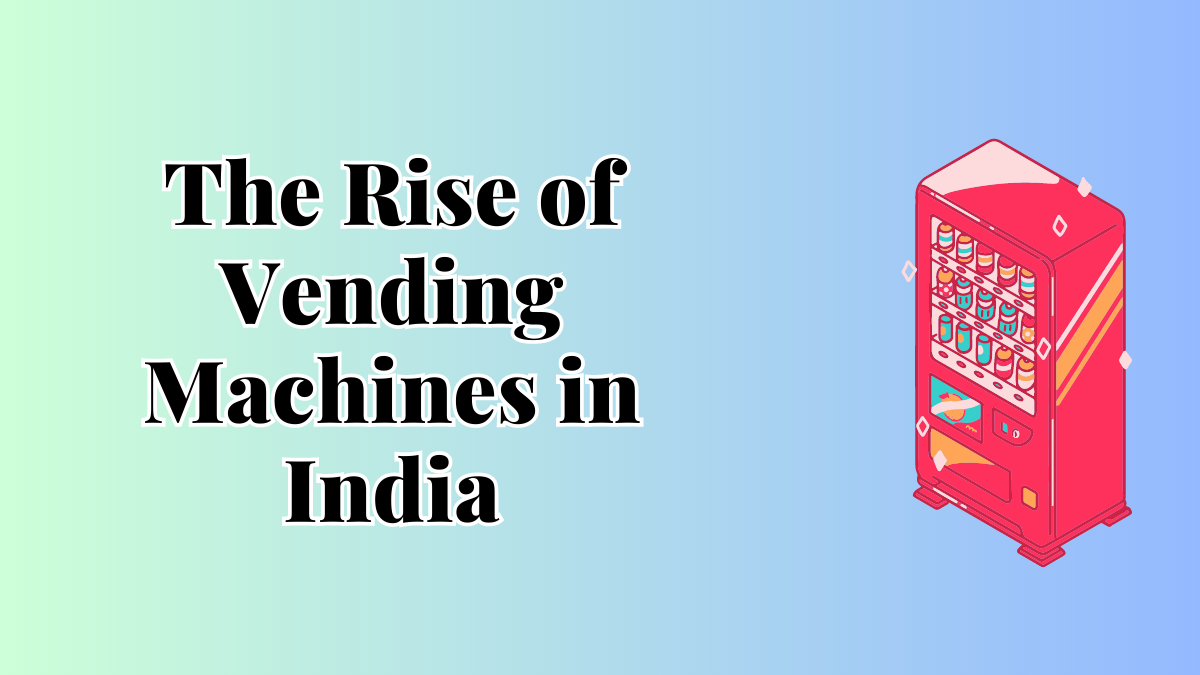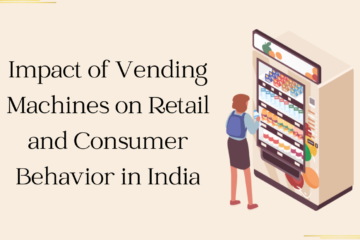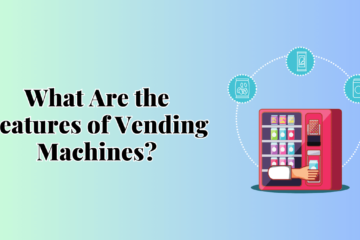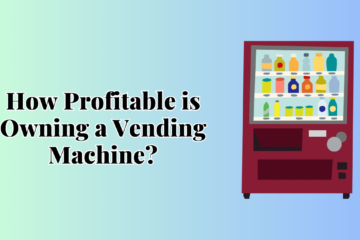In a country as diverse and populous as India, convenience has become a critical factor in our fast-paced lives. With the advent of technology and changing consumer preferences, traditional retail experiences are evolving. One such revolution in convenience that is taking India by storm is the rise of vending machines. These self-service marvels are transforming the way people access products and services, offering a seamless and hassle-free experience. In this blog, we will explore how vending machines are becoming a game-changer in India’s retail landscape and the factors contributing to their growing popularity.
The Convenience Culture in India:
India’s thriving urban centers and rapidly growing economy have led to an increase in time-constrained lifestyles. Consumers, both young and old, now seek solutions that simplify their daily routines. Vending machines offer a quick and accessible way to meet these needs, catering to the fast-paced lifestyle of urban dwellers and time-conscious commuters.
The Evolution of Vending Machines:
Gone are the days when vending machines were limited to dispensing snacks and beverages. Today, they cover a diverse range of products and services, including ready-to-eat meals, fresh fruits, health supplements, hygiene products, mobile accessories, and even gold coins! The evolution of vending machines has broadened their appeal, attracting various customer segments across India.
Technology Driving the Vending Revolution:
The infusion of cutting-edge technology has been a driving force behind the vending machine revolution. Modern machines are equipped with cashless payment options, such as mobile wallets and contactless cards, making transactions faster and more secure. Additionally, IoT and AI integration have enabled real-time inventory management, ensuring that machines are always stocked with the most in-demand products.
Convenience Redefined: Vending Machines at Unconventional Locations:
Traditionally found in busy public spaces, vending machines are now making their mark in unconventional locations. From office buildings, schools, and hospitals to airports, railway stations, and even remote rural areas, vending machines are cropping up everywhere. This trend indicates that the demand for convenience knows no bounds and that vending machines are adapting to the needs of every consumer.
Impact on Small-Scale Retailers:
The rise of vending machines has raised concerns about its impact on small-scale retailers. However, instead of being seen as a threat, vending machines can be viewed as a complement to traditional retail. They offer retailers an opportunity to expand their reach without incurring high overhead costs, leading to mutually beneficial partnerships.
Eco-Friendly and Sustainable Initiatives:
As environmental consciousness grows, so does the demand for eco-friendly practices. Vending machines in India are stepping up to the challenge by promoting sustainable practices. With innovations like energy-efficient machines, biodegradable packaging, and recycling incentives, these machines are minimizing their carbon footprint and contributing to a greener future.
Challenges and the Road Ahead:
While the vending machine industry is on the rise, it does face some challenges. The Indian market’s diverse nature demands the localization of products and customization of services to cater to specific regional preferences. Additionally, maintaining hygiene standards and addressing cybersecurity concerns will be paramount in ensuring the continued success of vending machines in India.
Conclusion:
The rise of vending machines in India signifies a significant shift in consumer behavior, wherein convenience and efficiency are at the forefront of retail experiences. From offering a wide array of products to incorporating cutting-edge technology, vending machines have indeed revolutionized the way Indians access goods and services. As these machines continue to evolve and adapt, they will play an instrumental role in shaping the future of India’s retail landscape, promising unparalleled convenience for generations to come.




